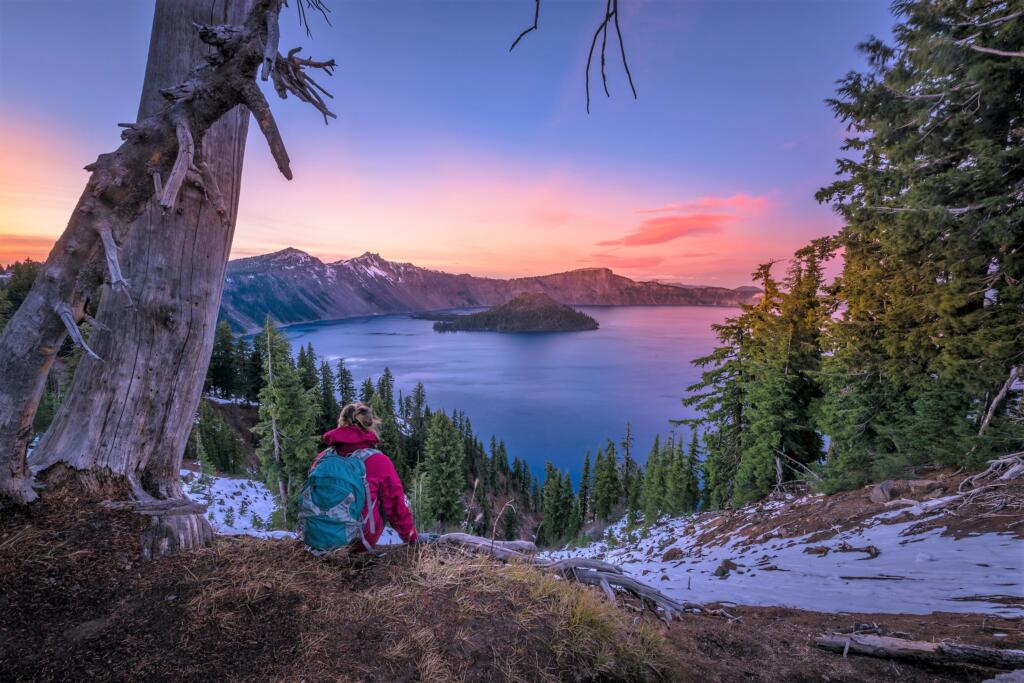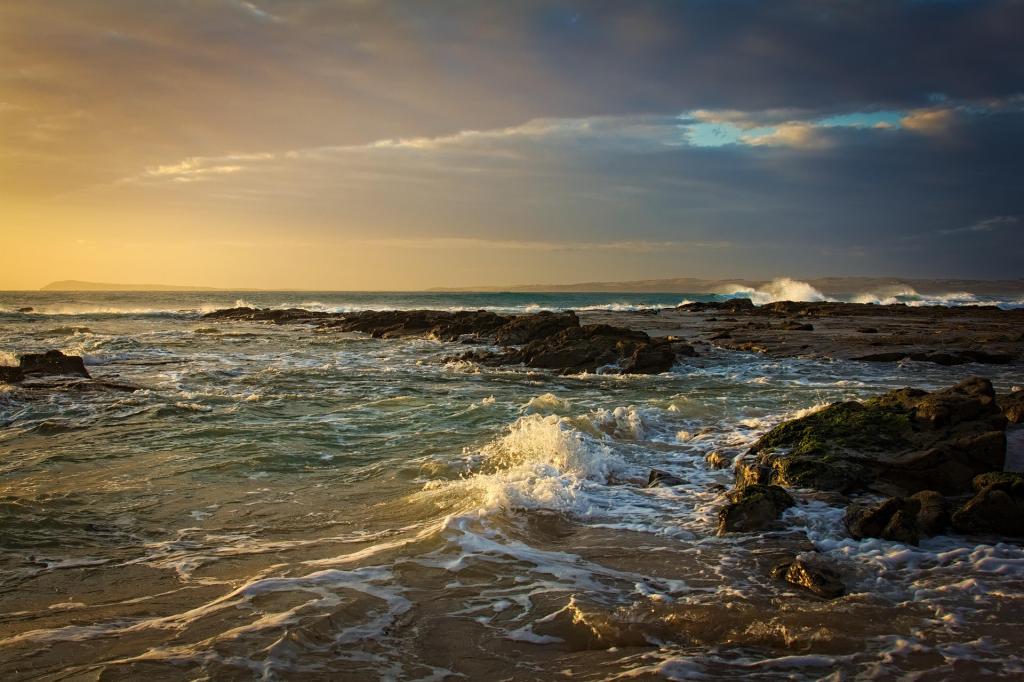
Whether it’s the mystery of “what lies beneath” or the sheer natural wonder, deep waters are fascinating. The U.S. is home to many deep lakes, including Crater Lake in Oregon, which is deep enough to fit One World Trade Center with 200 feet to spare. In the Lake Homes market footprint, Lake Superior ranks the deepest at 1,333 feet. Although we love our country’s lakes, today, we appreciate the five deepest lakes across the globe.
Lake Baikal (5,577 feet)

This Russian UNESCO World Heritage site could fit the world’s two tallest buildings (Burj Khalifa and the Makkah Royal Clock Tower) plus the Washington Monument. It also contains almost 20% of the world’s unfrozen freshwater reserve. Not only is Lake Baikal the world’s deepest lake– it’s also the oldest. It was formed 25 million years ago through the planet’s diverging crust. Baikal’s age and isolation have resulted in unique freshwater fauna. More than 1,500 animal species reside in Lake Baikal, 80% of which are endemic (i.e., they don’t live anywhere else in the world). One of these creatures is the Nerpa seal, the world’s only freshwater seal. As photographer James Napoli documented for National Geographic, they like to lounge on the lake’s rocks. If you visit Baikal in winter, be sure to dress appropriately, as it can reach minus 40 degrees. It is Siberia, after all!
Lake Tanganyika (4,700 feet)

Tanganyika is a massive lake in Africa that borders four countries: Tanzania, Burundi, the Democratic Republic of the Congo, and Zambia. Its depth results from proximity to The Great Rift Valley, a pronounced fissure in the earth’s crust. Besides being the second deepest lake, it’s also the world’s longest freshwater lake. Its remarkably clear waters (visible of up to 65 feet) are 350 species of tropical fish. Most of these fish are cichlids, and 90% of them are endemic. Similar to Lake Baikal, Lake Tanganyika’s old age and seclusion helped these fish flourish. It’s no wonder Tanganyika is renowned for aquarium exports and angling. If you visit, be sure to skip the swimming — this deep lake is home to crocodiles!
Caspian Sea (3,360 feet)

Despite its name, the Caspian Sea is both a sea and lake. However, the distinction is more than semantics. If it’s a sea, the United Nations splits the sea’s ownership based on the neighboring countries’ shoreline length. However, if it’s a lake, countries can evenly divide ownership. As such, its surrounding nations (Azerbaijan, Iran, Kazakhstan, Russia, and Turkmenistan) quarrel over its ownership. Kazakhstan, with the longest coastline, would prefer a “sea” classification. But Iran with a shorter border, will vote for “lake.” It’s unsurprising why this body of water is coveted — it’s famous for its oil and natural gas. According to the U.S. Energy and Information Administration, the Caspian Sea produces 2.6 million barrels of crude oil per day. Besides its economic value, bathing in these oils can heal up to 70 ailments, according to one doctor at a spa in Azerbaijan.
Lake Vostok (2,950 feet)

Vostok, near the South Pole, is one of the earth’s most intense climates. It’s home to the lowest recorded temperature on the earth’s surface at minus 89.2 degrees. However, the lake is even colder below the surface. For at least 15 million years, Lake Vostok has been covered by 1.2 miles of thick ice. Its presence was unknown until the 1960s when a Russian pilot noticed its outline from the sky. In the 1990s, researchers confirmed this subglacial lake’s existence. Today, only scientists can visit. When first studying the lake, Russian researchers at Vostok Station were intrigued by its lack of access to sunlight and nutrients. They thought a climate akin to Jupiter’s moons must be inhospitable to life. However, recent research indicates that there is life beneath its waters. This discovery points to the possibility of life on other planets. Check out NASA’s video from scientist Dr. David Morrison describing Lake Vostok’s space-related implications.
Lake O’ Higgins/ San Martín (2,742 feet)

Divided between Chili and Argentina, Lake O’ Higgins/ San Martín is the deepest lake in the Americas and 5th deepest in the world. Its depth is caused by the constant glacial movement that erodes the lake’s floor. Its irregular shape distinguishes it with eight distinct arms and the water’s milky blue color is caused by rock flour. The lake is also known for its steep surrounding mountains that were not inhabited until the early 1900s. If you’re confused by the lake’s double name, the answer depends on your country. If you’re in Chili, it’s Lago O’Higgins and San Martín in Argentina. Both sides are named for influential leaders, Argentinian Jose de San Martín and Chilean Bernardo O’Higgins, who fought for Chile’s independence in the early 1800s.
For more lake-related trivia, check out American Lakes With the Highest Elevation and 5 of the World’s Largest Man-Made Lakes.

